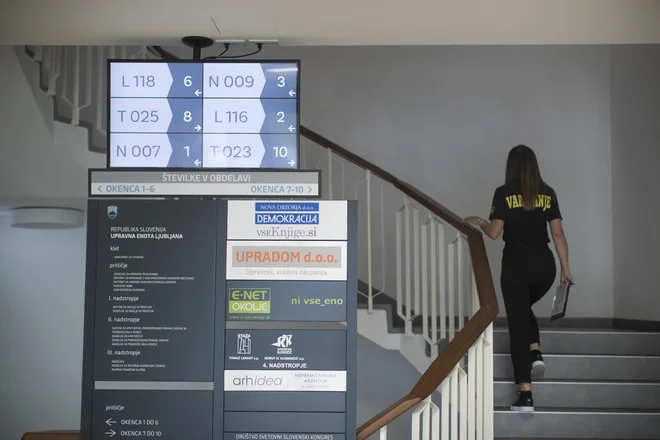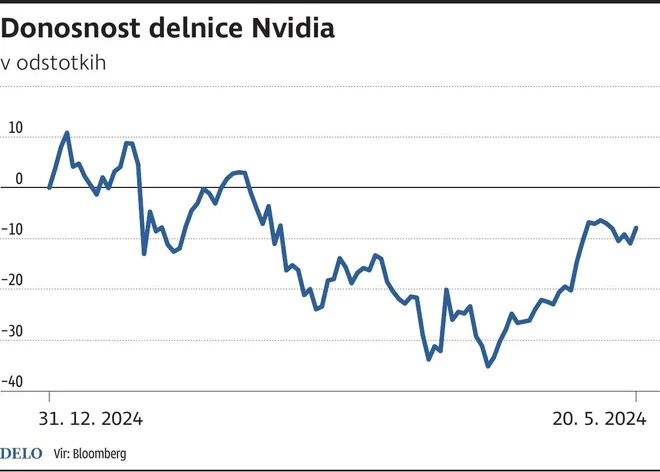Croats overtook us in digital skills, both basic and advanced

Although at first glance, Slovenia is not far behind the EU average in digitization, Eurostat data for 2024 reveal a more detailed and less encouraging picture. Digital transformation in Slovenia is progressing too slowly, especially in the field of digital skills, companies and quality of digital public services.
According to Eurostat, only 50 percent of Slovenes have at least basic digital skills between 16 and 74, which is four percentage points below the EU average. It is even more worrying that advanced digital skills are mastered by only a fifth of the population (20 %), which is significantly below the European average (26 %). Croatia reach 53 % in basic digital skills and 23 % in advanced. Hungary, which has been behind us, catches us with 49 % of basic and 21 % of advanced skills.
Companies without digital intensity
It is also worrying about the fact that only 50.4 percent of small and medium -sized enterprises (SMEs) in Slovenia reach the basic level of digital intensity. This means that they use at least four key digital technologies-such as social networks, e-commerce, cloud or automation of business processes. The EU average in this area is 58 percent.
The use of technologies such as artificial intelligence, big data analysis and cloud computing is among the lower in the EU in Slovenia. In Croatia, this share is 55 %, as much as 59 %in Hungary, which means that both countries are in this indicator ahead of Slovenia. The backlog in introducing these advanced digital solutions further inhibits the competitiveness of the Slovenian economy. In the last two years, Croatia has been heavily investing in digital tourism tools and Hungary into industrial technologies and automation.
According to most digitization indicators, Slovenia is comparable to Slovakia, but slightly lagging behind in the use of digital technologies in companies and in advanced digital population skills. While both countries have a similar degree of basic digital literacy, Slovakia is faster to introduce digital solutions in the economy.
Businesses and public administration are less likely to opt for the implementation of these tools, often due to lack of knowledge, finances or strategies, notes the report.
Slovenia has recorded high use of e-government-in 2022, as many as 81 percent of Internet users have accessed digital public services, which is above the EU average (74 %). However, the quality of these services is estimated at 71 points out of 100, while the European average is 77. Croatia (74/100) and Hungary (76/100) are already overtaking us, especially at the expense of greater user -friendly and integration of mobile solutions, the report notes.
Leading for years Estonia
Estonia has been considered a leading digital company in the EU for many years, but nevertheless has achieved an additional qualitative leap in recent years:
More than 70 % of the population have advanced digital skills.
92 % of users use digital public services (EU average: 74 %).
Businesses use artificial intelligence, data analytics, and work in a waste of waste.
Their key to success:
consistent state digital strategy,
Simple user interfaces (eg X-Road platform),
and the trust of people in e-services.








